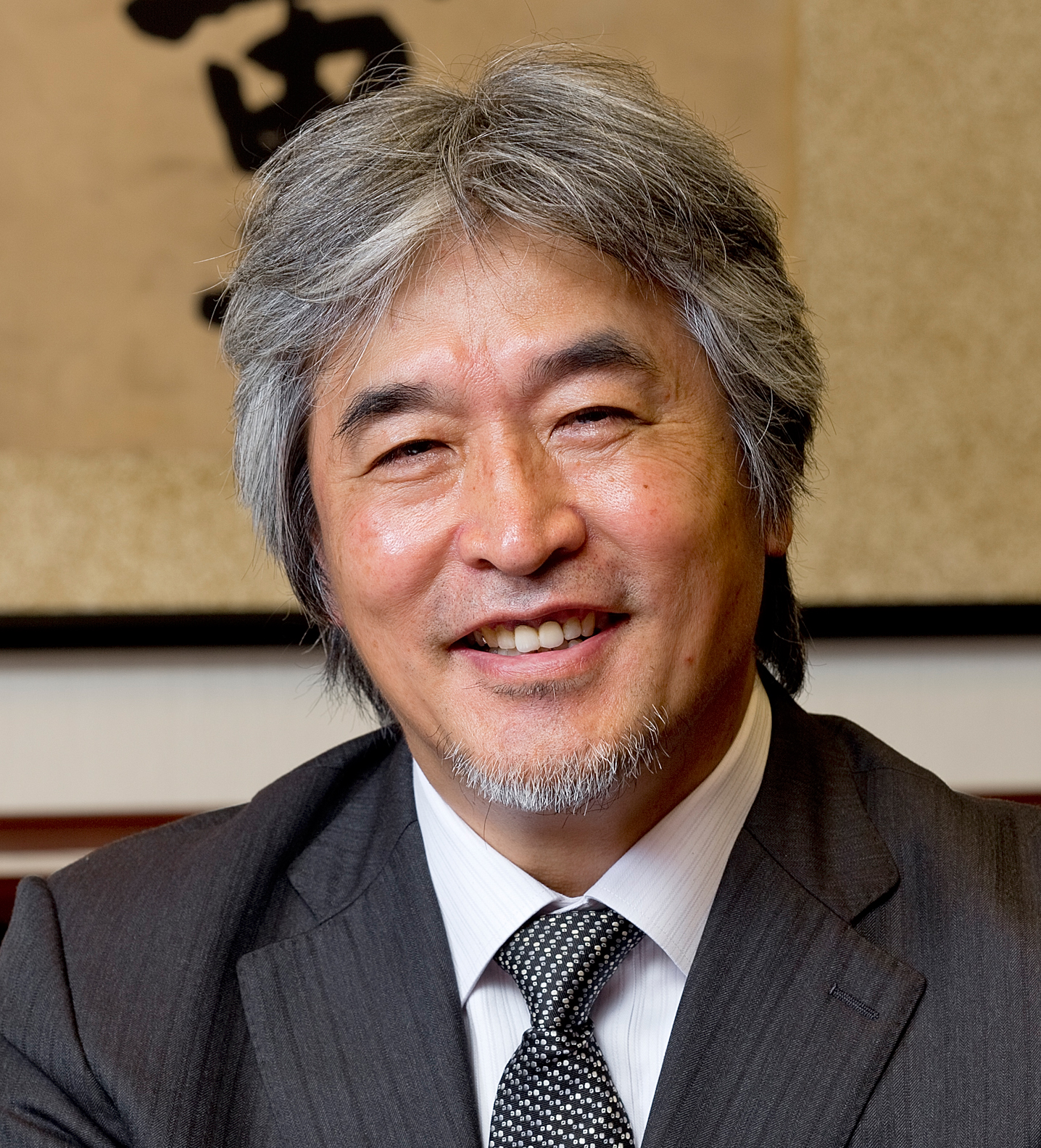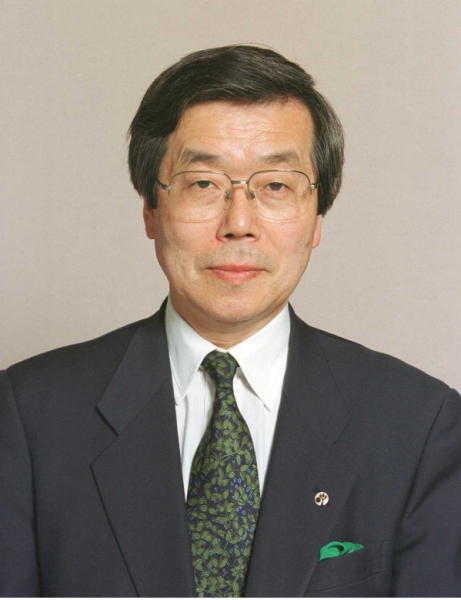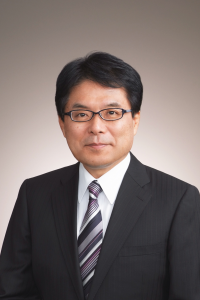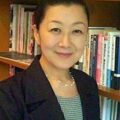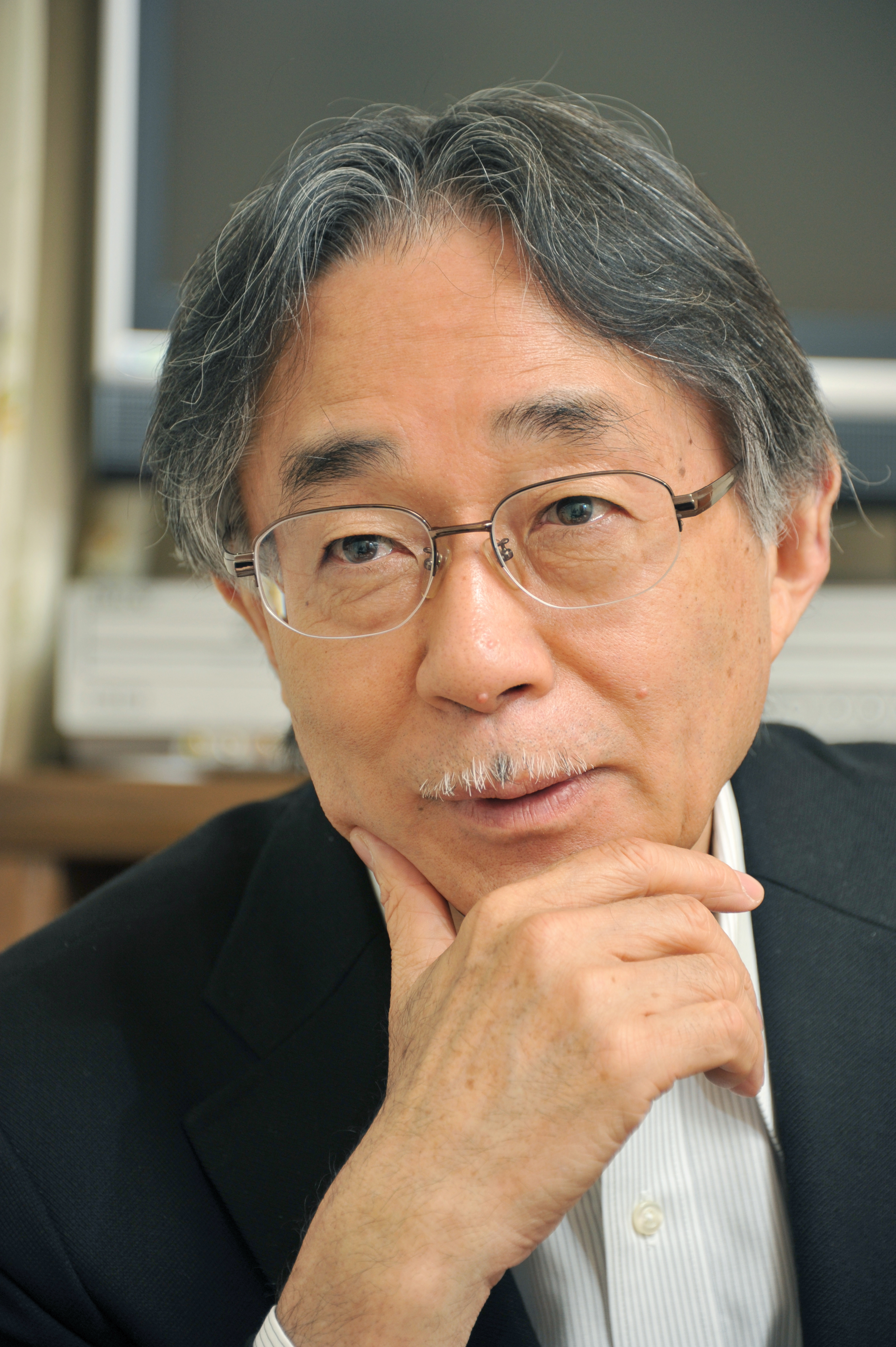Thinking about Terminal Care for the ElderlyChapter 1: Medicine in the age of longevity
1. The change in the population structure and medicine for the elderly

OHSHIMA Shinichi, President Emeritus, National Center for Geriatrics and Gerontology
With the world’s highest average life expectancy, Japan is facing population aging. In this situation, the entire society is bewildered by this rapid change. Population aging inevitably leads to changes in medical care. The issue of death just ahead of that is considered to be a sacred cow, and if people attempt to discuss the issue, they face a barrage of different views and are unable to make progress with their arguments. If this issue is left unsolved, however, things will get even worse.
Japan is the world’s largest population-aging country. The major indexes for aging society are the percentage of population aging, the average life expectancy and the rapidity of population aging, and Japan is number one in the world in all these indexes. Japan has reached over 25% in terms of percentage of population aging. The rate of 20% indicates ultra-population aging, and the only other countries that exceed this number are Germany and Italy. Japan’s population aging is characterized by its noticeable rapidity of population aging. The rapidity of population aging means the number of years that it takes the percentage of population aging to increase from 7% to 14%. Japan reached this benchmark in 24 years, from 1970 to 1994. France took more than 110 years to increase from 7% to 14%, and compared with the French case, Japan’s rapidity of population aging is quite outstanding. Given the remarkable speed of population aging, it is no wonder that Japan faces substantial difficulty in changing its social systems.
Japan will enter the depopulation phase from the peak of 128 million, and its population is projected to fall to the 80 million mark in 2060; only the age group of those 75 and older will increase in population. The population pyramid is shifting from a pyramid shape to a potbelly flower vase shape to an inverted pyramid shape. Many people will live for 80 to 90 years in the future, far beyond 50 years, and the percentage of population aging is even projected to rise to around 40% in 2060.
However, it is necessary to recognize that the issue of medicine is only the tip of the iceberg among the problems facing aging society, because the huge social infrastructure that was constructed for a population of 128 million will become superannuated, and people will face the problem of how to support that infrastructure with a population of 80 million. This is also the case with bridges, tunnels, railroads and water supply systems.
The change in the population structure will lead to a change in the illness structure in line with the composition of age groups, which will cause a change in the demand for medicine. In this situation, medical care will inevitably have to change along with that social structure. Japan has focused on “medicine based on hospital treatment” up until now, but it will need to consider other options as well from now on.
2. From “medicine to cure” to “medicine to cure and support”
“Medicine to cure” means medicine for discovering abnormal things (diseases) that deviate from normal conditions with the methodology of modern science and helping them to return to normal conditions on the basis of the average values (normal conditions) of the forms and functions of adult organs without disease and disability. Medical treatment is an effort to save and prolong lives. Achieving this leads to improved quality of life (QOL).
Medicine for the elderly is characterized by many cases of not being able to completely cure their diseases, and it is significant to aim to achieve a harmonious balance between organ functions and whole body functions. The elderly get sick as well as senile; they can also suffer from lifestyle-related diseases and dementia. These cannot always be cured with hospital treatment. They can be affected by many different factors, and are difficult to deal with using conventional methods.
In addition, Japanese people have the strong conviction that diseases should be cured in hospital. The entire nation thinks so, and medical service providers are also used to thinking this way. It is essential to pay attention to the following focal points when considering the restructure of medical systems:
(1) What medical care to provide and how to provide that care
(2) What resources will be needed and how many of them will be needed
(3) How to secure and distribute the necessary resources and how far the limits go
Now, what does it mean to provide appropriate medical care?
The answer is:
(1) Medical care suitable for disease structures and systems for providing it
(2) Provide medical care in appropriate places suitable for diseases and disabilities
(3) Provide medical care that matches the degree of necessity and the acuteness of diseases
(4) Provide evidence-based medical care
These seem to be things that should be taken for granted, but it can be said that these things that should be taken for granted have not been carried out. Although the types of medical care needed were changing, the medical community could not spontaneously optimize the arrangement of doctors and the management of hospital beds in line with the change in the environment, and the government did not implement measures for strictly controlling the situation. In addition, this resulted from the nationwide spread of the mindset that any disease would be cured or would have to be cured.
The 2003 report of the National Council on Social Security System Reform recommended that the following revisions should be implemented for medicine:
(1) From “medicine to cure” to “medicine to cure and support”
(2) To medicine of quality of life (QOL) and quality of death (QOD)
(3) From “hospital-intensive” medicine to “region-intensive” medicine
(4) To medicine centered on general practitioners (home doctors)
(5) To collaborative-oriented medicine based on living
(6) To the construction of a data-based assessment system
(7) Professional organizations should bear the responsibility for nurturing doctors who can provide appropriate medical care in appropriate places
In the postwar era, Japan continued to provide medical care for discovering and curing organ disabilities with a focus on patients with an average life expectancy of 50 to 60. As a result, average life expectancy increased dramatically, but the same kind of medicine does not work for the elderly aged in their 80s to 90s. This is because the incorporation of chronic diseases into the process of senility will be a major pattern. This was shown by (1) From “medicine to cure” to “medicine to cure and support” and (3) From “hospital-intensive” medicine to “region-intensive” medicine.
Medical service providers were well aware that the medicines for the young were different from the medicines for the elderly, but so far they have hardly thought about what system they should develop. During this period of time, we saw the rapid development of the aging society, and we are now standing at the point where we can no longer conceal the eruptions of various problems and contradictions.
The abovementioned report used the word QOD, and “D” in this context means “death.” This means that the public document clearly showed that medical service providers bore a heavy responsibility for death.
Currently, the annual number of deaths is around 1.2 million, but the annual number of deaths is projected to exceed 1.6 milli
on in 2025. Today, more than 80% of people die in hospital, but where should the future population increase of 400,000 go? The situation is difficult given the current number of hospital beds, but the government is moving toward implementing a policy of reducing the number of hospital beds. It is a serious challenge facing Japanese society as to what to do with the places for attending the deathbeds of people from now on.
Many surveys on where people want to spend their final days of life have shown that more than 60% of respondents want to remain at home as long as possible. All questionnaires show similar results about the national responses as to how people wish to spend their final moments of life. A comprehensive consideration of social circumstances, national wishes and how to use social resources indicates that the best policy from now on will be the development of home medicine.
3. Medical paradigm shift
Science and technology has spent a great deal of energy on clarifying diseases and life phenomena. It can be said to be a challenge to the human fate of life, senility, illness and death. Up until 50 years ago, the dysfunction of a certain organ meant a man’s death, but things are not like that now. Today we have many ways to treat and cure diseases, including brain death. More specifically, renal failure can be treated with dialysis and transplant. Breathing dysfunction can be treated with an artificial respirator. Heart failure can be treated with a pacemaker. The dysfunction of a certain organ no longer means the total death of the human body. The progress of science and technology has brought about the diversification and complication of death, and the progress of science and technology can also be said to have introduced more options with regard to death.
Meanwhile, the issue of death is considered to be a sacred cow. The idea that the choice of how to die is a matter of personal freedom and should not be interfered with by other people is extremely convincing. However, this sacred cow is quite incompatible with consideration for the optimization and sustainability of the entire society. In addition, it is also associated with ethical and economic issues. The issue of death is extremely complicated and extremely difficult to discuss.
For example, today it is said that there are 300,000 to 400,000 people receiving gastrostomy treatment. When people are well, they often say that they do not want to receive life-prolonging treatment by gastrostomy if they become bedridden and unconscious. But when they fall into such a state and can no longer express their own wishes, their family often requests that the patients receive the gastrostomy treatment.
Terminal care is a global issue. The United States is fully committed to pursuing respect for the wishes of patients and their self-determination rights, but European countries seek to conceptualize the definition of death by law. Japan is not like either of these. This indicates that Japan can accept anything.
What role has science played? The World Conference on Science of 1999 declared for the first time that “science should be based on the idea that science is for the entire society and all of humankind, not science for science.” In 2003, the Science Council of Japan also made a statement, marking a paradigm shift from the conventional idea that how to use discovered knowledge is not a matter of science but a matter of society on the basis of the basic concept of “science for science” to the idea that science should make progress with a focus on the entirety of humankind, society and nature.
The issue that Japan is now facing is the confrontation between individuals and the public. Greater respect for individual wishes leads to the creation of more options. The development of science and technology is also conducive to creating more options. Western countries pay central attention to how to secure a harmonious balance between entirety and individuality on the basis of the idea that individuals should be part of the entirety. In Japan, individual rights and public rights are colliding head-on and this problem is erupting in every area, including social security.
In a rapidly aging society, we need to stand up to the issue of medicine that is related to human life and death on the basis of basic agreements on how to secure a harmonious balance between public and private benefits in accordance with the common recognition that our resources are limited. We are now standing at the crossroads in an era where if we try to escape from there, the entire nation might fall like dominoes.
Translated from “Koreisha no Shumatsuki-iryo wo Kangaeru – 1 Choju-shakai ni okeru Iryo no Arikata (Thinking about Terminal Care for the Elderly, Chapter 1: Medicine in the age of longevity),” “Koreisha no Shumatsuki-iryo wo Kangaeru” (booklet), June 2015, p. 8-13. (Courtesy of Japan Productivity Center) [June 2015]
